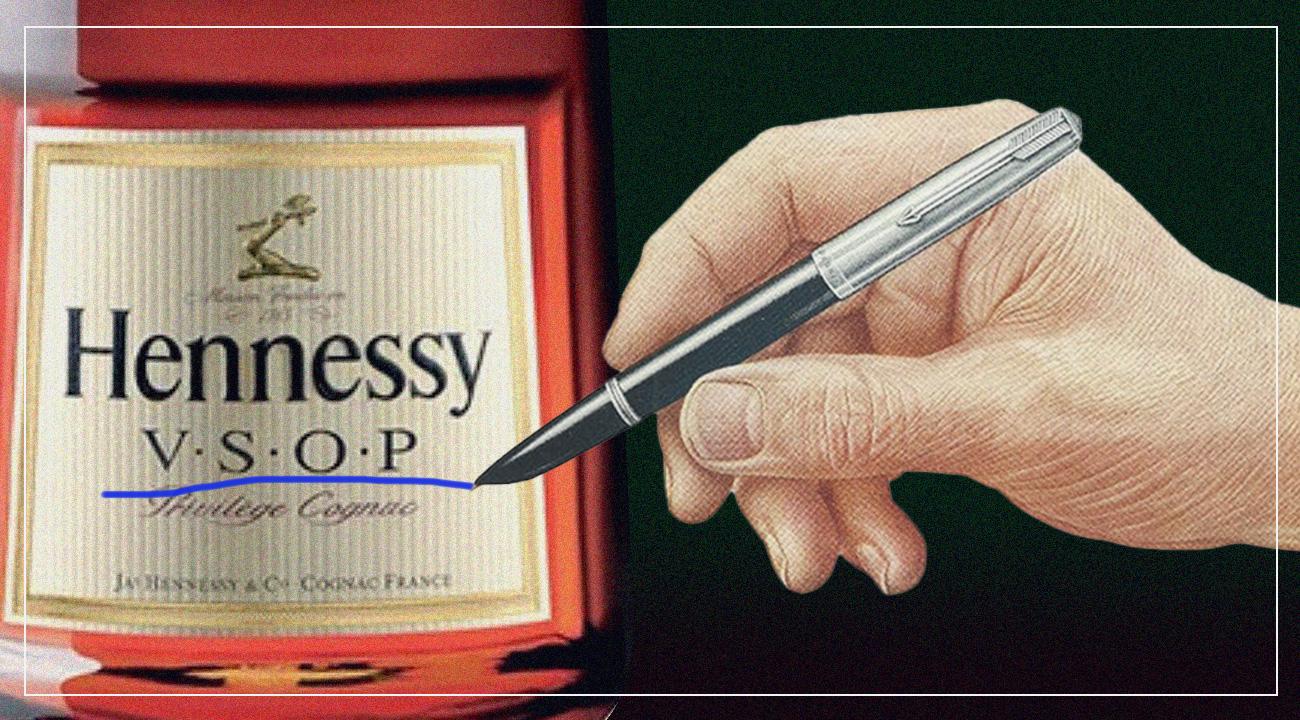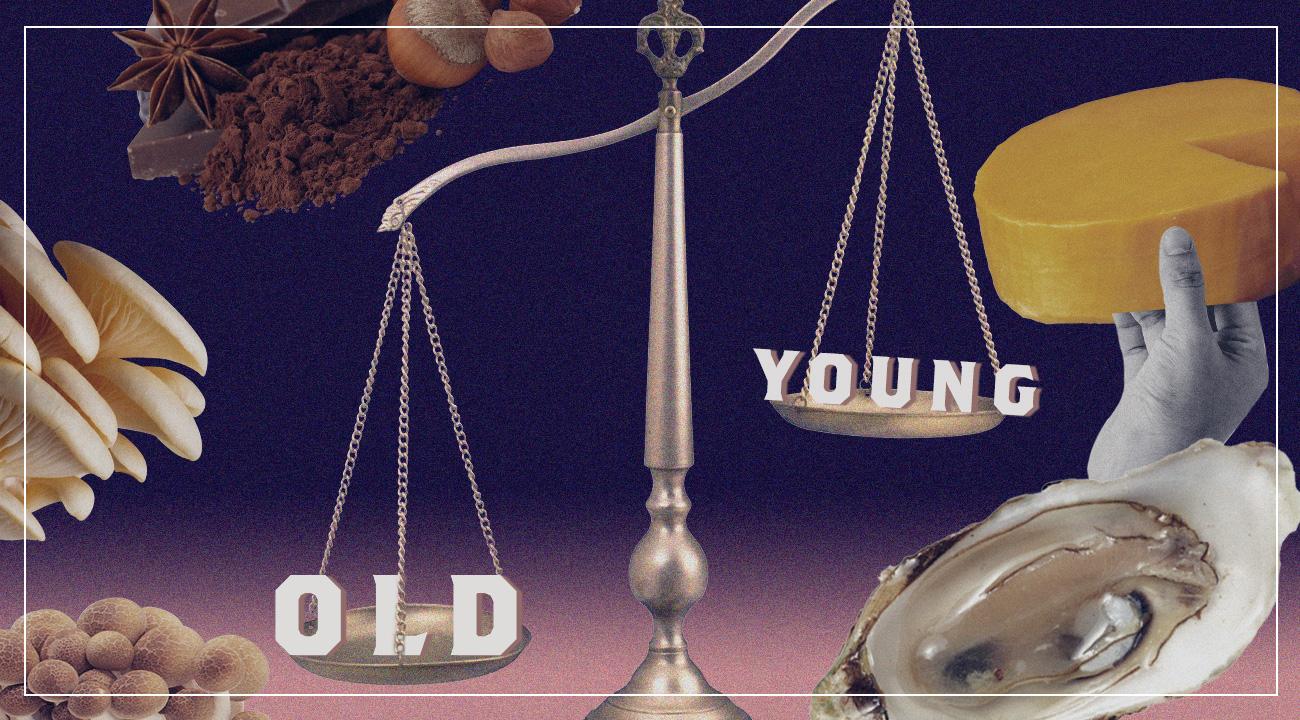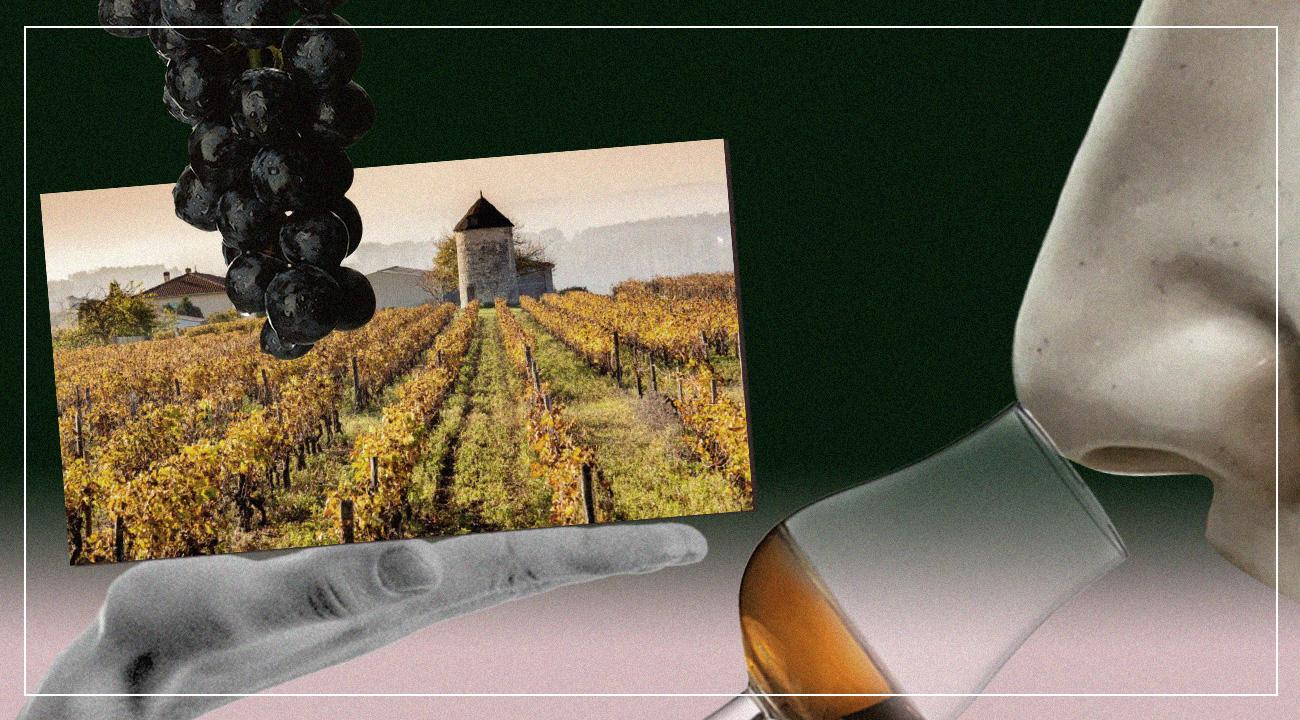
What Do XO and VSOP in Cognac Stand For?
|
|
Time to read 6 min
|
|
Time to read 6 min
What do XO and VSOP in Cognac stand for? You’ve probably seen these letters on labels and thought they sounded important, but what do they really mean?
These labels can feel like some secret code, but that’s where we come in! We're breaking it all down in plain English so you can feel confident next time you're picking out a bottle (or showing off at a dinner party).
In this guide, we’ll walk you through the VSOP meaning, what XO stands for, and other common Cognac terms. Whether you’re just curious or trying to pick the perfect bottle, we’ll keep it simple, fun, and straight to the point. Let’s clear things up once and for all!
The bold, all-caps Cognac bottle letters are a mystery to many, but they actually reveal important information about what’s inside. These letters tell you how long the youngest component in the Cognac blend was aged in oak barrels.
Blending is how Cognac producers craft the perfect balance of flavors that hit your tongue with the right consistency and depth in every sip.
Generally, the longer the spirit ages in oak, the richer, rounder, and more complex it is. Oak aging adds deep layers of nutty, fruity, or spiced notes, which is exactly why older Cognacs are more popular.
Now, let’s break down what these labels actually mean:
VS (Very Special): The youngest Cognac, aged for at least 2 years.
VSOP (Very Superior Old Pale): Aged for at least 4 years.
XO (Extra Old): Aged for at least 10 years.
Extra: A step above XO, often aged for 30 years or more.
Hors d’Age: The crème de la crème of Cognac. It’s been aged for decades and considered beyond the official age categories.
Age doesn’t always mean it’s going to be your favorite, though! It just means that Cognac has legally spent that amount of time aging in oak barrels, which influences its flavors. But everyone’s taste is different!
You might prefer a younger, fresher style, or maybe you’re after something with deep, complex notes. Luckily, there are amazing Cognacs at every price point.
If you're just starting out, we recommend checking out our list of the best Cognacs under $100, all great choices that won’t break the bank but still pack a punch in flavor. You could also go the extra budget-friendly route with our best Cognacs under $50.
Now that we know what XO and VSOP in Cognac stand for, let’s take a deeper look at these terms and explore what they mean.
VS, or Very Special, is the youngest Cognac you’ll find. It’s aged for at least 2 years, giving it a fresh, lively flavor. While it’s not as complex as older Cognacs, it’s perfect for mixing in cocktails or enjoying on its own for those who like a brighter, more vibrant taste.
VSOP means Very Superior Old Pale, and it’s a step up from VS. Aged for at least 4 years, VSOP offers a well-balanced, rich flavor that’s perfect for those who want a richer experience without diving into the older, pricier bottles. Expect a more refined taste with hints of wood and spice.
XO, or Extra Old, is a mark of sophistication. This category requires a minimum aging of 10 years, though many XO bottles are much older. The result is a deep, complex flavor profile that’s rich in depth with layers of aromas like dried fruits, spices, and oak. It’s perfect for sipping slowly and savoring every drop.
If you see “Extra” on a bottle, you’re looking at some serious aging, usually 30 years or more. Extra Cognac is rare, incredibly luxurious, and often comes with a hefty price tag. The extended aging process creates a refined, almost velvety texture and a flavor profile that is second to none.
Hors d’Age refers to a Cognac that goes beyond the official age categories, meaning it ages for several decades. It’s a rare find, usually reserved for the most discerning connoisseurs. Expect a beautifully smooth, rich, and intense flavor experience.
Sometimes, to fully understand what labels like VSOP and XO mean, it helps to go back to the basics.
Cognac is a type of brandy made in the Cognac region of France, distilled from white grapes, and aged in oak barrels. The labels on these bottles, such as VSOP, XO, and VS, tell you how long the Cognac went through the aging process, which directly impacts its flavor.
Drinking Cognac is all about appreciating the craftsmanship that goes into each bottle. The way you drink it depends largely on the age and complexity of the Cognac. Whether you're enjoying a young VS or indulging in an aged XO, the right approach can greatly improve your experience.
Here are different ways you can enjoy Cognacs:
Neat: The best way to experience Cognac is neat in a tulip-shaped tasting glass. The narrow top of this glass concentrates the rich aromas while minimizing the burn of alcohol. This is a perfect slow-sipping digestif to serve after dinner.
Over Ice: If you like your Cognac cool, you can try it over a couple of ice cubes in a large tumbler. Want to take it a step further? Chill it in the freezer to create a delicious, velvety texture!
Like the Locals: You can also enjoy your Cognac like the French locals who serve it as a refreshing apéritif. Splash some tonic water or ginger ale into a VS or VSOP, toss in some ice, and enjoy the perfect drink.
The label also plays a significant role. A younger VS is great for mixing into cocktails or enjoying over ice, where its lively, vibrant notes shine through. As you move up to a VSOP, the increased aging means it's perfect for sipping neat or with a slight chill to highlight its more refined complexity.
Finally, with an XO, the deep, intricate flavors are best appreciated when served neat, allowing you to savor every layer. The older the Cognac, the more you'll want to take your time and savor the experience. Each label brings something special to the table, so choosing how to enjoy it depends on the moment, and of course, the Cognac itself!
Pairing Cognac with food is all about creating a dynamic experience, and the label you choose plays a huge role. The right food can elevate the flavors and bring out the best in both the drink and the dish.
With VSOP, for example, you're working with a refined yet vibrant Cognac, making it perfect for pairing with lighter, flavorful foods. A creamy Brie or sharp Gouda balances the richness of the drink without overpowering it.
For something savory, think roast duck or grilled chicken–dishes that complement the complexity of VSOP without taking center stage. And for dessert, go with something light and fresh, like a tangy fruit tart or delicate crème brûlée, to keep the experience fresh and not too heavy.
For VS (Very Special), this younger Cognac has bold, vibrant flavors. It pairs well with grilled meats like steak or BBQ ribs, balancing the richness with a smoky bite. A sharp cheese like Cheddar also complements its bolder notes.
When it’s time for XO, it’s all about decadence. This rich, full-bodied Cognac demands rich, luxurious food to match.
Dark chocolate with a high cocoa content is a perfect pairing; its bitterness beautifully contrasts with the depth of the XO. For an indulgent experience, try pairing with foie gras or braised beef, two dishes that match the sophistication and complexity of the XO perfectly.
For something even more refined, Extra and Hors D'Age represent the pinnacle of aged Cognac, best enjoyed with equally opulent dishes. Think truffles, aged cheeses, or a luxurious seafood dish like lobster, food that matches the depth and sophistication of these aged spirits.
Now that you know what labels like XO and VSOP in Cognac stand for, you’re well on your way to choosing the perfect bottle. Don’t worry if you’re not ready to spend too much money on your first bottle. There are plenty of great options at every price range that will still give you a fantastic experience.
Here at Flaviar, we’ve handpicked a variety of Cognacs that fit every budget. From the approachable VS to the luxurious XO, there’s something for everyone. Plus, we offer rare and exclusive Cognacs you won’t find anywhere else
Understanding the VSOP meaning and other Cognac-related terms is just the beginning. Ready to jump into the world of Cognac and pick your new favorite? Check out our expertly curated selections, where we make discovering and enjoying premium spirits fun and easy.




